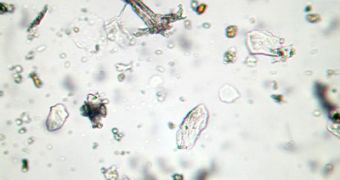After the Queensland study linking laser printer particles to potential health issues, the response of the main laser printer manufacturer attacked, HP, came as a no big surprise. The Queensland University study tested 62 laser printers made by various companies like Canon, HP and Toshiba and found that no less than 17 of them are emitting high amounts of "potentially dangerous, ultra-fine toner particles". So, HP issued a formal response to the report and its "response can be summarized as an attempt to both discredit and mock the research while standing behind the safety of their products".
HP's response was delivered in person by the company's vice president of marketing for supplies, Tuan Tran, who said that "the nature and chemical composition of such particles - whether from a laser printer or from a toaster - cannot be accurately characterized by analytical technology", according to the news site Engadget.com. "Testing of ultrafine particles is a very new scientific discipline. There are no indications that ultrafine particle (UFP for short) emissions from laser printing systems are associated with special health risks". The only point where the HP company agrees with the research team that performed the study is that "more testing in this area is needed", while at the same time claiming that the responsible department is actively studying the problem together with the laboratory of Air Quality Sciences in the United States and the Wilhelm-Klauditz Institute in Germany.
According the press statement released by HP, "vigorous tests are an integral part of HP's research and development and its strict quality-control procedures" and the laser printers undergo the same safely testing procedures just like any hardware products and they are obeying construction guidelines from "both the Blue Angel program in Germany and the Greenguard program in the United States". The manufacturing company recognizes that "ultrafine, fine, and coarse particles are emitted from printing systems" but they assure customers that their level is below "recognized occupational exposure limits".

 14 DAY TRIAL //
14 DAY TRIAL //